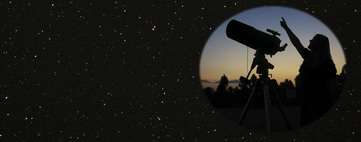During January we've had a lot of rain and the sky's been very cloudy most of the time. I did manage to capture another picture of Venus the other night and the planet's now showing a slightly smaller gibbous phase.
(Please see my Venus blog from the 18th December when we had a lot of bush fire haze in the sky).
http://www.mystardustobservatory.com/astro-blog/-spectacular-planet-venus-now-on-show-in-the-western-sky
I was also able to capture some swirling cloud on the surface, which was exciting to see in the image. Venus is an interesting planet to observe because it’s an inner planet from us and closer to the Sun so it displays phases just like our Moon. I will try and capture some more images over the coming weeks in between this cloudy weather.
I have included imaging details on the photo; a short AVI movie of 800 frames was captured and stacked in RegiStax6 and processed in PS CS4.
~ My telescope set up for taking images of Venus ~
I also have to contend with a caravan as well,
but I always make do with what I have and as long as I capture the event…I’m very happy :-)
Images of Venus were taken with a Meade 10inch Schmidt-Cassegrain telescope using a ZWO ASI120MC-S camera with a wide field lens attached.
AVI movie files were captured which were then stacked in RegiStax6 and processed in PS CS4.
The Return to Venus and What It Means for Earth
NASA News: DECEMBER 11, 2019
https://www.jpl.nasa.gov/news/news.php?feature=7558
The image above is a composite of data from NASA's Magellan spacecraft and Pioneer Venus Orbiter.
Image Credit: NASA/JPL-Caltech
Now superheated by greenhouse gases, Venus' climate was once more similar to Earth's, with a shallow ocean's worth of water. It may even have subduction zones like Earth, areas where the planet's crust sinks back into rock closer to the core of the planet.
"Venus is like the control case for Earth," said Smrekar. "We believe they started out with the same composition, the same water and carbon dioxide. And they've gone down two completely different paths. So why? What are the key forces responsible for the differences?"
Smrekar works with the Venus Exploration Analysis Group (VEXAG), a coalition of scientists and engineers investigating ways to revisit the planet that Magellan mapped so many decades ago. Though their approaches vary, the group agrees that Venus could tell us something vitally important about our planet: what happened to the superheated climate of our planetary twin, and what does it mean for life on Earth?
To read more of the story please go to:
https://www.jpl.nasa.gov/news/news.php?feature=7558
For more information about Venus, visit:
https://solarsystem.nasa.gov/planets/venus/overview/
https://spaceplace.nasa.gov/all-about-venus/en/
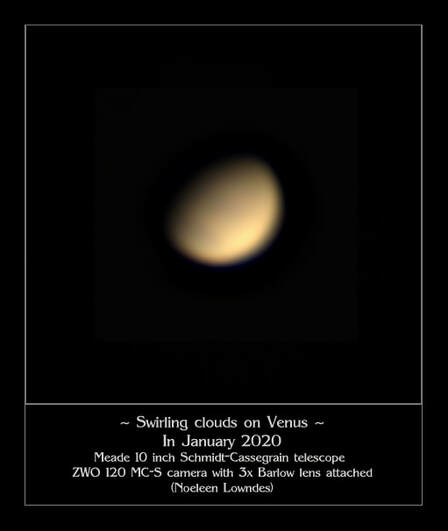
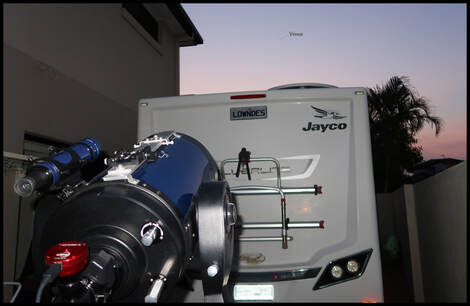
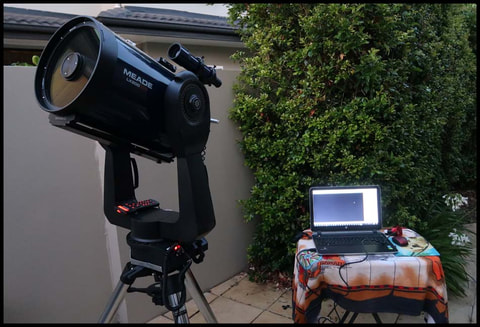
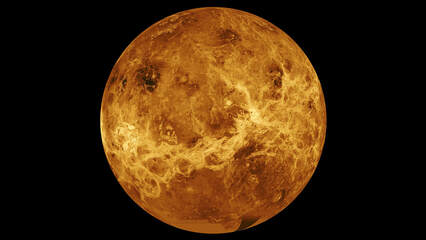
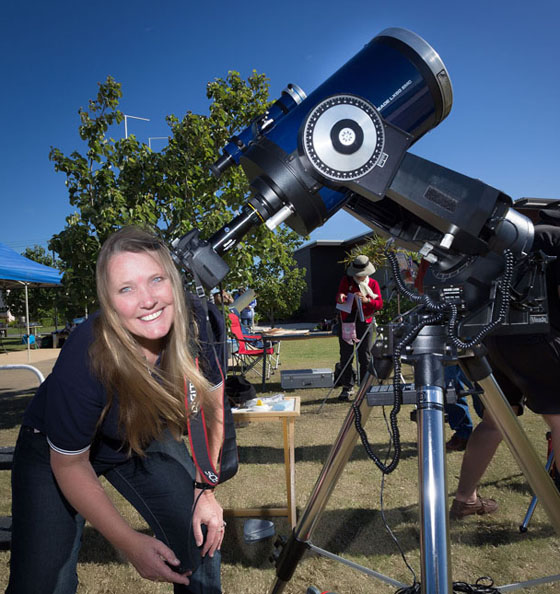
 RSS Feed
RSS Feed
